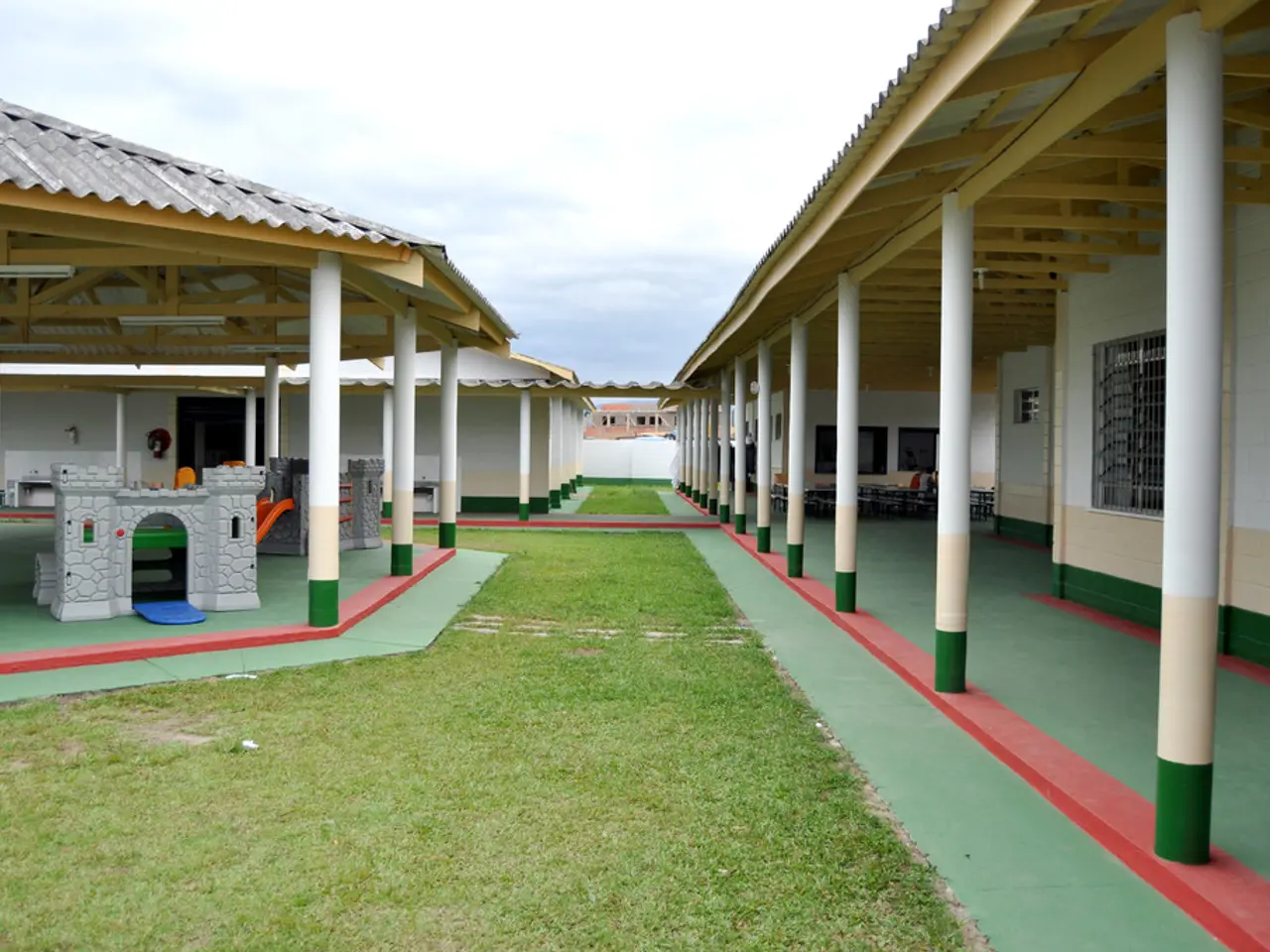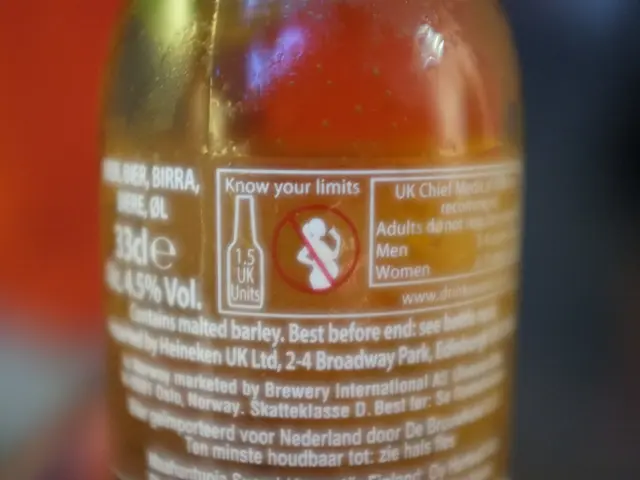Unsheltered New Yorkers find a new home under Mayor Adams' administration, totalling 3,500 individuals.
Mayor Eric Adams has been actively addressing the issue of homelessness in New York City since taking office in 2022. One of his key strategies has been deploying police and mental health workers into the subway system to provide support and assistance to those in need.
However, the increase in homelessness in the city reflects a broader issue, according to Will Watts, deputy executive director for advocacy at Coalition for the Homeless. Watts suggests that the current response to homelessness is flawed.
The city comptroller's office reports that about 4,000 supportive housing units remain vacant. Adolfo Abreu, housing campaigns director at VOCAL-NY, urges officials and advocates to work together to clear hurdles to housing, particularly due to possible federal cuts.
President Donald Trump recently signed an executive order that threatens to slash federal funding for programs that don't meet his administration's strict standards to address homelessness, mental illness, and addiction.
Despite these challenges, Adams has made significant progress in moving homeless individuals into housing. He has moved over 3,500 New Yorkers living unsheltered into housing since taking office. Adams credits this success in part to an increase in Safe Haven and stabilization beds.
Safe Havens provide a place to sleep for homeless people resistant to traditional shelter rules. Those placed in Safe Haven and stabilization beds later moved into permanent housing, according to the Department of Social Services.
Removing people from the streets and subways has been a priority for Adams. However, only 114 of the 3,500 people displaced from encampments were relocated to shelters between January and September of last year. Approximately 4,500 people are unsheltered, with more than half in the subway system.
Adams has also focused on outreach for homeless people with serious mental illness. Mental health support is a focus for Adams, with provision in subways and above ground. Watts recommends increasing access to mobile mental health treatment teams, which have long waitlists.
The current number of homeless New Yorkers living in shelters is over 85,000, run by the Department of Homeless Services. Abreu suggests the city should do more to move people into supportive housing apartments, which offer on-site services.
Mayor Adams has announced collaborations with NYC Health + Hospitals and local organizations funded through programs such as "Partners in Preservation" and the Homeowner Help Desk. These collaborations aim to overcome barriers in distributing housing for homeless people, including the new "Bridge to Home" facility providing supportive housing and behavioral health services for people with severe mental illness transitioning from hospitals.
In conclusion, while Mayor Adams has made strides in addressing homelessness in New York City, challenges remain. The city continues to grapple with a growing number of unsheltered individuals, particularly in the subway system. Collaborative efforts between officials, advocates, and organisations are crucial in overcoming these challenges and providing lasting solutions for those in need.





